Reportar esta entrada
Más sobre la misma comunidad-colección
Casa Medina lights up downtown Juarez
This evening view highlights the unique design of the new Casa ...
The Patriarch and his Grandchildren
Grandfather Fausto Medina with eldest cousins Aida and Olga ...
From Mexico to the United States
1915: Grandfather Trinidad Holguin is standing in middle of his ...
Loretto Academy volunteer, Raymond James "RJ" Bustillos c. 2015
Loretto Academy volunteer, Raymond James "RJ" Bustillos c. 2015
Loretto Academy Bungalow, Trowbridge Street, El Paso, TX, c. 1925
Loretto Academy Bungalow, Trowbridge Street, El Paso, TX, c. ...
Ring Rose ceremony participants, Loretto Academy, El Paso, TX c. 2016
Ring Rose ceremony participants, Loretto Academy, El Paso, TX c. ...
Young students, lobby, Loretto Academy, El Paso, TX c. 2014
Young students, lobby, Loretto Academy, El Paso, TX c. 2014
Sister Orline, SL, faculty, Loretto Academy, El Paso, TX 1954
Sister Orline, SL, faculty, Loretto Academy, El Paso, TX 1954
Loretto Elementary faculty with Jane German, 2017 El Paso, TX
Loretto Elementary faculty with Jane German, 2017 El Paso, TX
Women's History Month, Eva Antone Ross, El Paso, TX 1995
Women's History Month, Eva Antone Ross, El Paso, TX 1995
Women's History Month, Eva Antone Ross, at Newspaper Tree El Paso, TX 1976
Women's History Month, Eva Antone Ross, at Newspaper Tree El ...
Loretto Academy elementary teacher El Paso, TX, September 16 celebration, 2019
Loretto Academy elementary teacher El Paso, TX, September 16 ...

















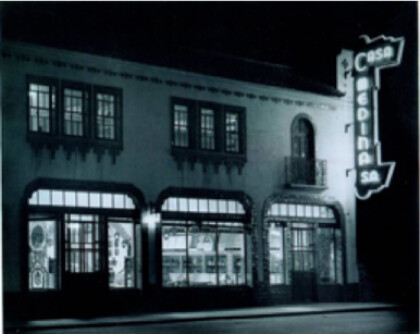
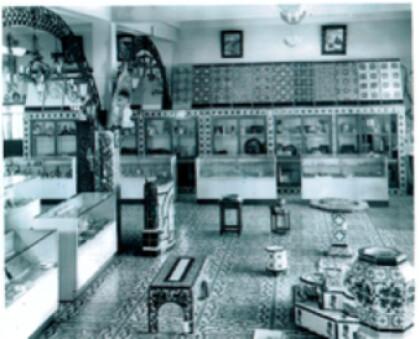
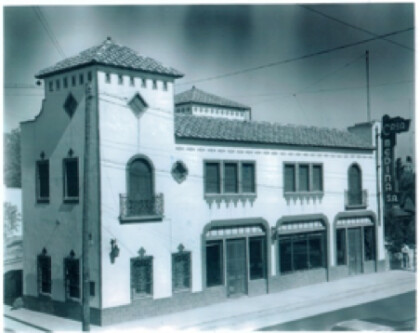
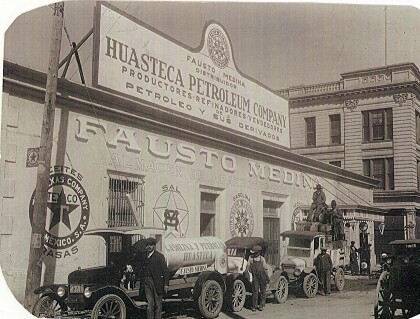
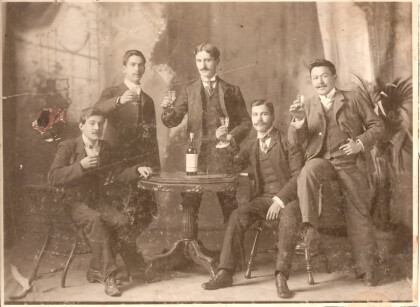
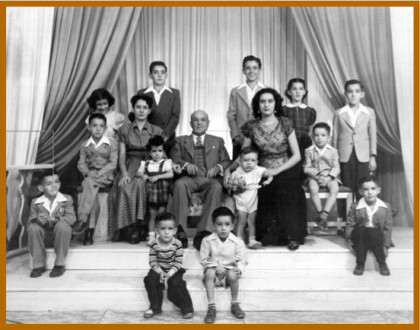
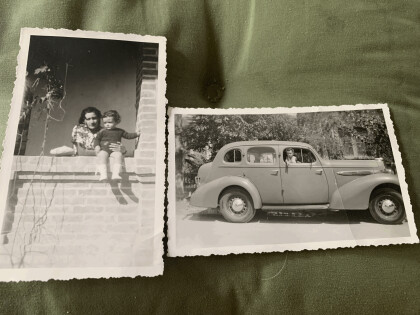
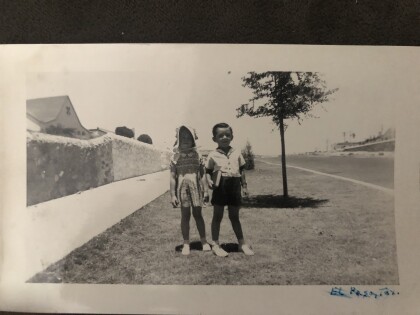
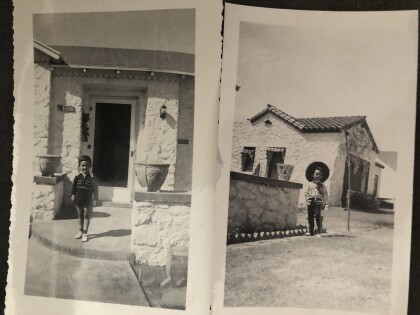

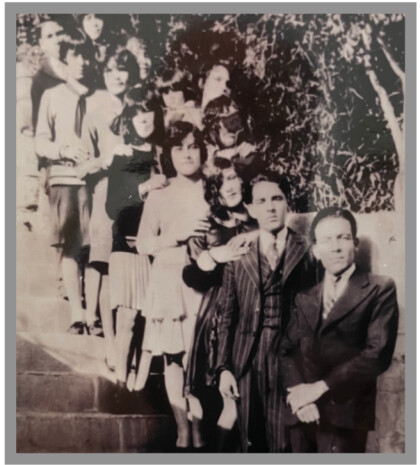
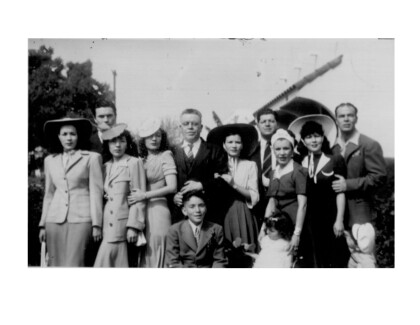
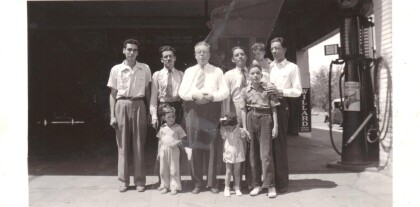
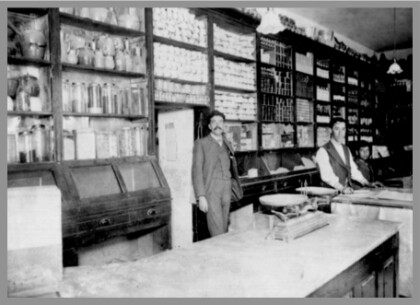
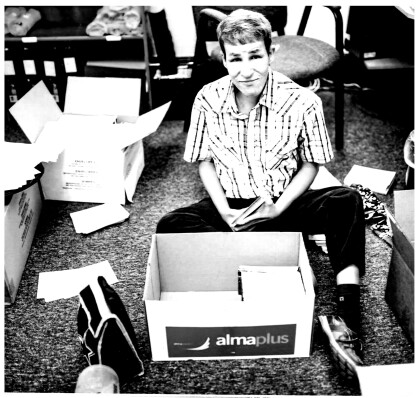
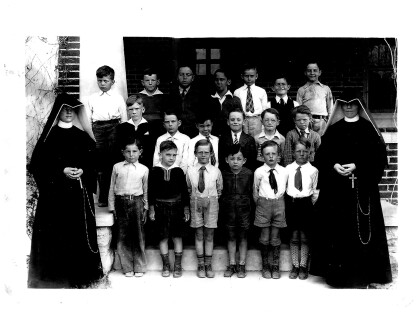

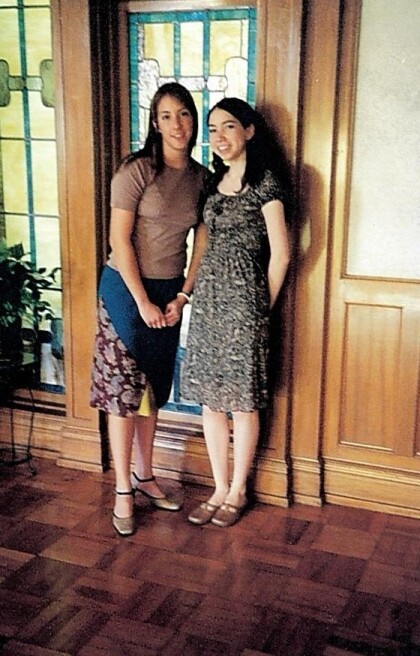

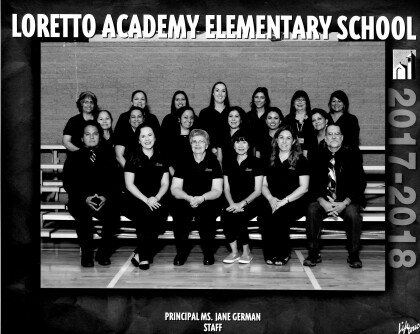
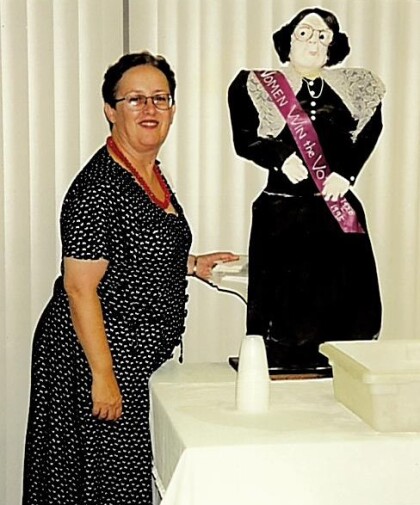
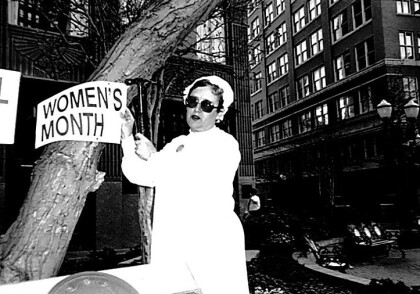

Comentarios
Hacer un comentario